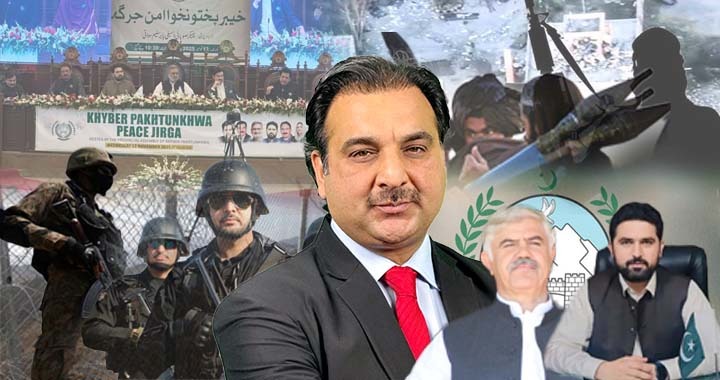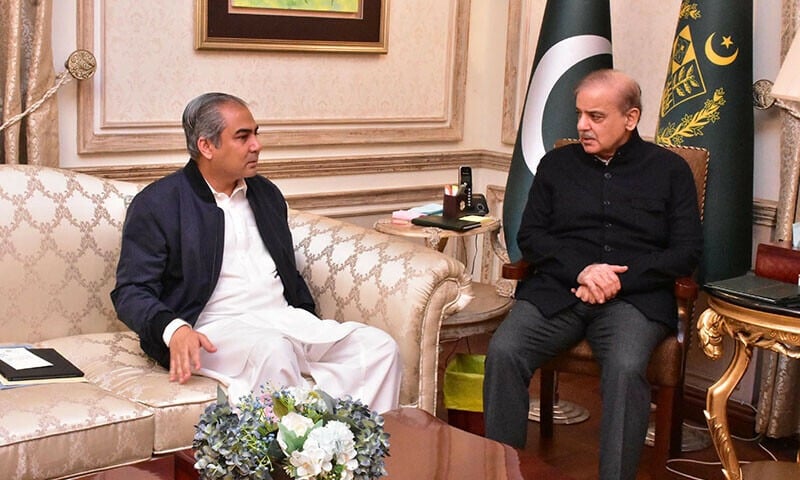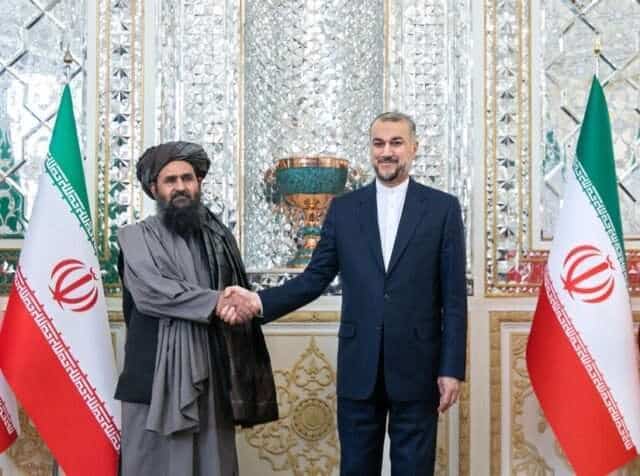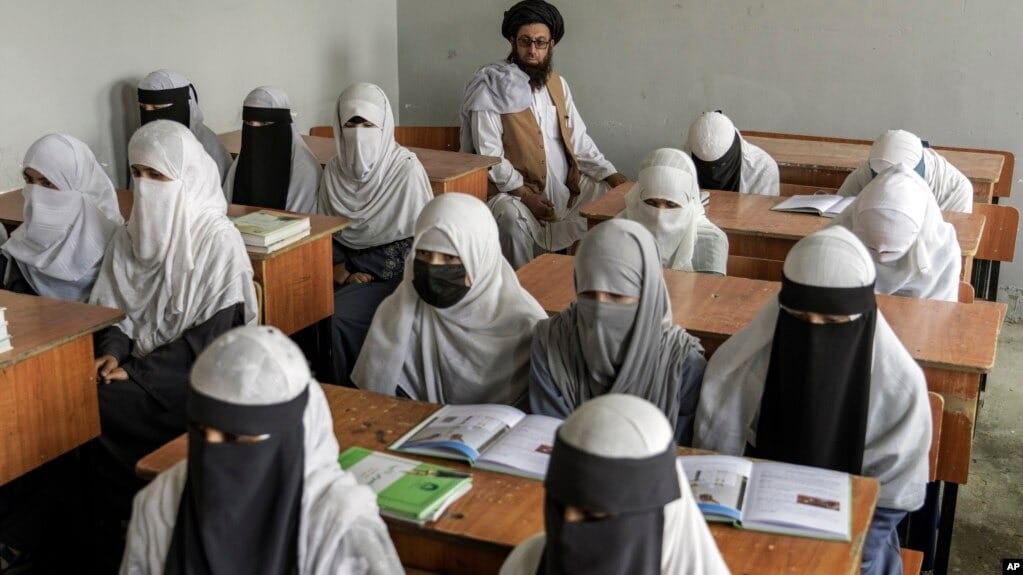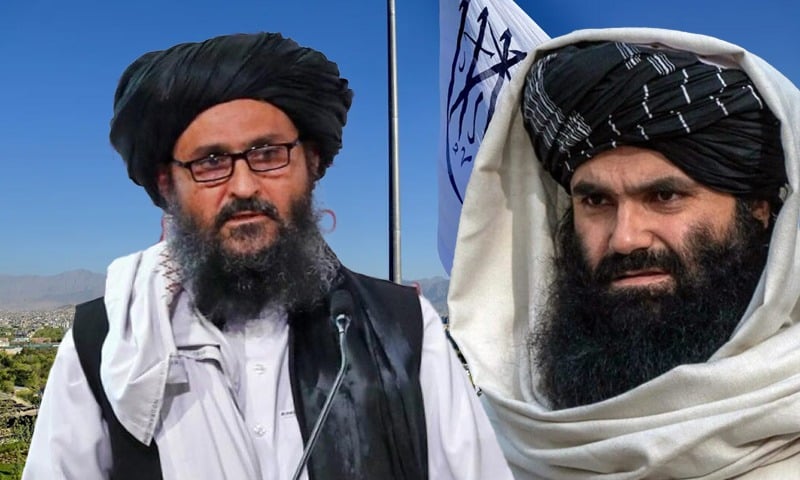The Khyber Pakhtunkhwa government’s decision to revoke Action in Aid of Civil Power raises alarming questions at a time when the province is once again facing a growing militant threat. The move, by implication, sends the army back to the barracks or to border duties, a step that is bound to carry serious consequences for the overall security landscape.
This is not the first controversial decision taken by the KP government, but its impact in the coming days could be extremely dangerous. It appears that such steps are being taken either to build a narrative against the federal government and state institutions or to manufacture public sympathy. Yet the real question is whether anyone has thought through what this will mean for a province already under threat from reorganising militant formations.
Across Khyber Pakhtunkhwa, different militant outfits have begun repositioning themselves. In Jamrud, just a short drive away from Peshawar, reports of heavily armed groups moving in and out have already surfaced. The situation in Tirah, South Waziristan and Kurram is even more troubling.
To understand the implications, one must recall what Action in Aid of Civil Power actually is. Created in 2011 but considered applicable from 2008 onward, this regulation provided legal cover to security forces engaged in counter-terrorism operations. As major offensives like Rah-e-Raast, Rah-e-Nijat and Zarb-e-Azb unfolded, forces needed legal protection to detain militants and facilitators without being hindered by conventional judicial processes. Under this law, no institution could question actions taken against terrorists during active operations.
The PTI government not only supported this legal framework, it took the lead in expanding it. When the merger of ex-FATA with KP was completed in 2018, the PTI government extended Action in Aid of Civil Power to all newly merged districts and then to the entire province. Notifications signed by the then Governor Shah Farman remain on record. Today the same political leadership, which now condemns the law as unconstitutional and inhumane, once defended it vigorously.
A Peshawar High Court lawyer, Shabbir Hussain Giyani, challenged the law on grounds of violating fundamental rights. The High Court struck it down, but the PTI government immediately appealed to the Supreme Court, arguing that the regulation was essential to ongoing counter-terrorism operations. The Supreme Court granted a stay order, which remains in place to this day.
The contradiction is therefore obvious. A law declared necessary in 2019 is suddenly being labelled illegitimate in 2025. Who is being misled here? If the law was justified then, how is it unjustified now? And if it was unjustified in 2019, why did the same leadership defend it before the Supreme Court? These mixed messages show an attempt to shape political narratives rather than uphold consistent policy.
The question now shifts to capability. The KP government has suggested that the Counter Terrorism Department and police will take the lead in future operations, replacing the army’s role. But after more than a decade of PTI rule in KP, with the province receiving over Rs 100 billion annually as its one percent share of the NFC award for war on terror, what capacity has actually been built? Over 700 billion rupees have flowed into the province for counter-terrorism over 10–11 years. Yet the CTD remains critically understaffed, poorly equipped and insufficiently trained. When thousands of militants are believed to be operating across KP, a CTD force of barely 1,200 to 1,300 personnel is no match. Modern weaponry and specialised training are largely absent.
Budget allocations raise further questions. With an annual police budget exceeding Rs 140 to 150 billion, why have training standards not improved? When militants possess advanced weaponry and drones, how can a police force unfamiliar with these technologies compete? A serious government would have ensured that at least half of new recruitment received training in modern warfare, not outdated methods.
Governance failures have compounded the problem. Instead of long-term planning, financial restructuring or commitment to the Charter of Demand, political theatre and social-media posturing dominate. The recent Aman Jirga, hailed for publicity, had no legal standing and imposed no binding responsibilities on either provincial or federal institutions. The Provincial Action Plan, built with KP’s consent and mirroring the National Action Plan, exists on paper while the provincial leadership publicly denies the need for operations. Yet at the cabinet level they have already allocated billions for displacement and intelligence-based operations in Kurram, Hangu and Tirah. Publicly opposing operations while quietly preparing for them reflects a dual strategy driven by politics rather than governance.
The contradiction continues: the KP government claims to oppose military action while approving funds for its consequences. It signals support for the centre in statements, but simultaneously fuels anti-state sentiment on social media. The inability to make decisions independently, paired with reluctance to go against the state, has produced confused messaging that benefits no one except militant groups.
The most critical question remains whether KP can face the militant threat without federal and military support. The answer lies in the province’s limited capacity, lack of vision and inadequate weaponry. Not only has the government failed to build its institutions, it has repeatedly shifted responsibility onto others.
When negotiations with militants are discussed, history provides a clear pattern. From 2004 onwards, multiple agreements with various groups failed. Seven major peace deals, including the Sra Rogha pact and the Swat agreement, collapsed, forcing security operations. The only durable outcomes came from decisive action, such as the Swat operations of 2008–2010, which restored peace that continues till today. In Waziristan and Khyber, operations pushed militants across the border and stabilised the region. Yet whenever operations halt, militants attempt to return.
In Tirah, recent Jirga efforts have already failed. Militant groups refused to accept the Jirga’s request to vacate the area, insisting they would consult commanders in Afghanistan. Jirga members then informed security officials, who made it clear that they cannot allow militants to remain and will act accordingly. If militants reject Jirga conditions and continue attacks, who guarantees security? Who takes responsibility when agreements fail?
Negotiation is welcome only when both sides honour commitments. But when only one side respects the terms and the other continues attacks, Jirgas become meaningless. Without enforceable guarantees, peace talks have no value.
The province stands at a crossroads. Political narratives may shift, statements may fluctuate and social-media campaigns may continue, but the threat on the ground is real, growing and immediate. Revoking legal protections for security forces in the face of reorganising militant groups is not policy, it is recklessness. Without clarity, capacity and sincerity, the consequences for Pakhtunkhwa could be catastrophic.

